- Importance of Flowering Stage in Sweet Pepper Growth
- 1. Pollination and Fruit Development
- 2. Fruit Set
- 3. Fruit Growth and Maturation
- 4. Timing and Harvesting
- 5. Yield Potential
- Debunking the Myth of Removing First Flowers
- Benefits of Keeping the First Flowers on Sweet Pepper Plants
- How First Flowers Contribute to Higher Yields
- 1. Pollination
- 2. Fruit Development
- 3. Time and Energy Investment
- 4. Increased Productivity
- Factors to Consider Before Deciding to Remove First Flowers
- Tips for Maximizing Yields by Managing Flowering in Sweet Pepper Plants
- 1. Prune the First Flowers
- 2. Monitor Flowering Time
- 3. Use Proper Nutrient Management
- 4. Provide Adequate Watering
- 5. Pollination
- 6. Maintain Optimal Temperature and Light Conditions
- “Question-Answer”
- Why should I remove the first flowers on my sweet pepper plants?
- When is the best time to remove the first flowers on sweet pepper plants?
- What is the benefit of letting the first flowers on sweet pepper plants develop into fruits?
- Will removing the first flowers on sweet pepper plants decrease the overall yield?
- Can I remove only some of the first flowers on my sweet pepper plants?
- What signs should I look for to determine if I should remove the first flowers on my sweet pepper plants?
- Is it necessary to remove the first flowers on all varieties of sweet peppers?
- “Video” Pruning Pepper Plants – How To Prune Peppers For Bigger Harvests – Pepper Geek
When it comes to growing sweet peppers, a common debate among gardeners is whether or not to remove the first flowers. Some gardeners believe that removing the first flowers will result in greater yields and larger fruits, while others argue that it is unnecessary and may actually harm the plant. So, what is the secret to getting the best yields from your sweet pepper plants?
One school of thought suggests that removing the first flowers allows the plant to redirect its energy towards growing a stronger root system and developing more vigorous foliage. By removing the first flowers, the plant is given the opportunity to establish a stronger foundation, which in turn can lead to more robust fruit production later in the season.
However, others argue that removing the first flowers may not be necessary. They believe that the plant is naturally equipped to handle both flower and fruit development simultaneously, and removing the first flowers may disrupt the natural growth process. These gardeners argue that by leaving the first flowers intact, the plant is able to start producing fruit earlier in the season, which can ultimately lead to a longer and more productive harvest.
In the end, the decision to remove or not remove the first flowers is a matter of personal preference and experimentation. It may be beneficial to try both approaches and see which method works best for your specific growing conditions and goals. Whichever method you choose, it’s important to provide the plant with proper care and maintenance throughout the growing season to ensure a successful crop of sweet peppers.
Importance of Flowering Stage in Sweet Pepper Growth
The flowering stage is a critical phase in the growth of sweet peppers. It is during this stage that the plants develop the flowers which will eventually turn into fruits. Understanding the importance of the flowering stage is key to achieving high yields in sweet pepper cultivation.
1. Pollination and Fruit Development
During the flowering stage, sweet pepper plants rely on pollination for successful fruit development. Pollination occurs when pollen from the male part of the flower (stamen) is transferred to the female part (pistil). This transfer can happen through wind or by the help of insects, such as bees. Proper pollination is essential for the development of well-formed and healthy fruits.
2. Fruit Set
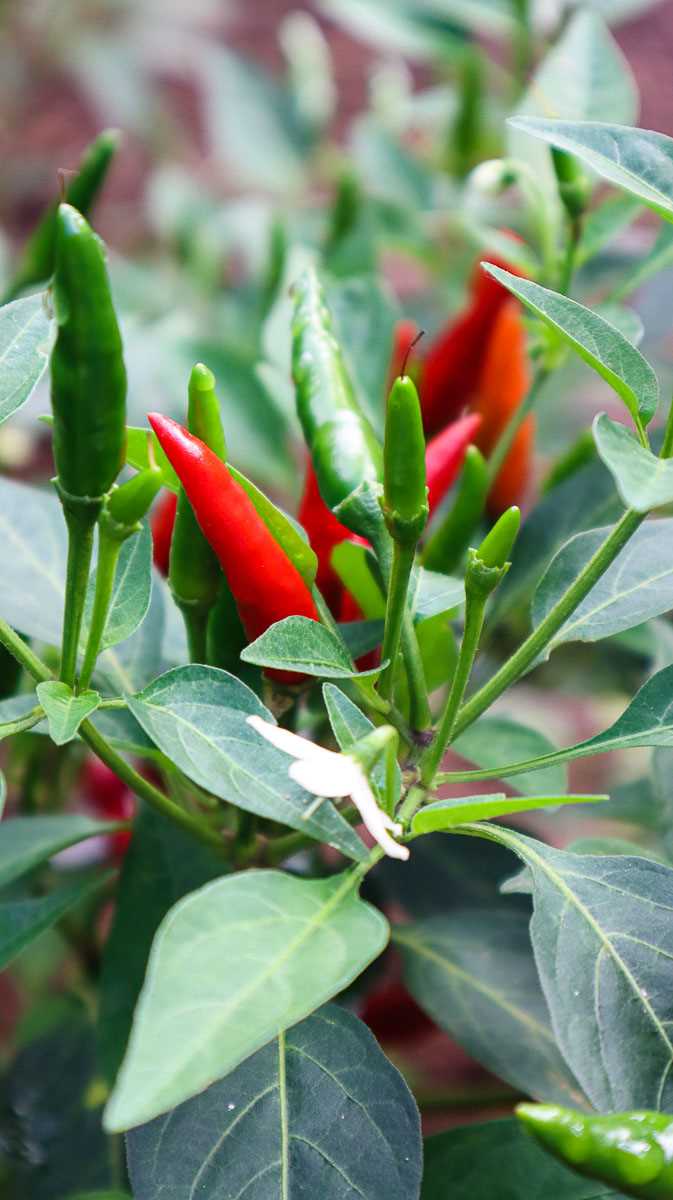
After successful pollination, the flowers of sweet pepper plants go through a process called fruit set. This is when the flowers start to develop into small, immature fruits. The rate of fruit set can depend on various factors, including environmental conditions, pollination efficiency, and the health of the plants.
3. Fruit Growth and Maturation
Once the fruits have set, they continue to grow and mature during the flowering stage. This process requires the plants to receive ample nutrients and water to support the fruit’s development. It is important for farmers to monitor their plants during this stage and ensure they receive the necessary care, such as regular watering and fertilization.
4. Timing and Harvesting
The timing of the flowering stage is crucial for determining the optimal time to harvest sweet peppers. Farmers need to closely monitor the plants for when the fruits have reached the desired size, color, and flavor. Harvesting too early or too late can result in inferior quality peppers.
5. Yield Potential
The flowering stage directly influences the yield potential of sweet pepper crops. Healthy plants with well-pollinated flowers have a higher chance of producing a bountiful harvest. It is important to create conditions that promote successful pollination, such as providing a suitable environment for pollinators and ensuring proper nutrition for the plants.
In conclusion, the flowering stage is a critical phase in sweet pepper growth, as it determines the success of fruit development, fruit set, growth, and maturation. Proper care and monitoring during this stage will contribute to higher yields and better-quality sweet peppers.
Debunking the Myth of Removing First Flowers
There is a popular belief among gardeners that removing the first flowers of sweet pepper plants can lead to higher yields and better fruit quality. However, this practice is based on a myth and is not supported by scientific evidence. In fact, removing the first flowers can be counterproductive and may actually decrease the overall yield of your sweet pepper plants.
Some gardeners argue that removing the first flowers allows the plant to redirect its energy towards vegetative growth, resulting in stronger and more productive plants. However, sweet pepper plants are naturally strong and can handle both flower and vegetative growth simultaneously. Removing the first flowers deprives the plant of the opportunity to start setting fruit early, which can delay the overall harvest and reduce the total yield.
Furthermore, sweet pepper plants have a limited window for fruit set, and removing the first flowers can disrupt this process. The flowers of sweet pepper plants require pollination to set fruit, and removing the early flowers can disrupt the natural pollination process, leading to reduced fruit set and potentially lower yields.
Another reason often cited for removing the first flowers is to allow the plant to establish a stronger root system before setting fruit. However, sweet pepper plants are capable of developing strong roots while still producing fruit. Removing the first flowers is unnecessary and may even hinder the plant’s overall growth and productivity.
Instead of removing the first flowers, it is important to focus on providing the plant with optimal growing conditions. This includes providing adequate sunlight, water, and nutrients, as well as proper pruning and support. By ensuring that your sweet pepper plants have the necessary resources to thrive, you can encourage healthy growth and maximize your yield.
In conclusion, the belief that removing the first flowers of sweet pepper plants can lead to higher yields is a myth. This practice is not supported by scientific evidence and can potentially reduce the overall yield of your plants. Instead of removing the first flowers, focus on providing optimal growing conditions to encourage healthy growth and maximize your harvest.
Benefits of Keeping the First Flowers on Sweet Pepper Plants
Increased yield: Allowing the first flowers to develop on sweet pepper plants can lead to a higher overall yield. By keeping the flowers, the plants have the opportunity to produce fruits earlier in the growing season, resulting in a longer harvesting period and more peppers overall.
Early production: The first flowers on sweet pepper plants are often the earliest to develop. By keeping these flowers, you can enjoy an earlier harvest compared to removing them. This can be particularly beneficial for gardeners in regions with shorter growing seasons or cooler climates.
Pollination: The first flowers on sweet pepper plants attract pollinators such as bees and butterflies. By keeping these flowers, you can encourage pollination, which is essential for fruit development. Pollinators transfer pollen from the male to the female flowers, leading to the formation of peppers.
Healthier plants: Allowing the first flowers to remain on sweet pepper plants can help to promote overall plant health. These flowers provide an early energy source for the plant, allowing it to establish a strong root system and develop healthier leaves and stems.
Optimal plant growth: By keeping the first flowers on sweet pepper plants, you are allowing them to follow their natural growth pattern. Removing the flowers disrupts this pattern and can lead to stunted plant growth and poor fruit development.
Overall, keeping the first flowers on sweet pepper plants can result in increased yield, earlier production, improved pollination, healthier plants, and optimal growth. While some gardeners choose to remove these flowers to redirect energy towards plant growth, the benefits of keeping the flowers often outweigh this practice.
How First Flowers Contribute to Higher Yields
When growing sweet peppers, many gardeners wonder whether they should remove the first flowers on the plants. These first flowers, often called “buds,” appear early in the growing season and can be tempting to remove in an attempt to promote better fruit development. However, removing the first flowers may actually hinder overall yield and productivity.
1. Pollination
The main reason why the first flowers on sweet pepper plants should not be removed is that they play a crucial role in the pollination process. Sweet peppers are generally self-pollinating, which means they can pollinate themselves without the need for external pollinators like bees. The first flowers produce pollen that is needed for this self-pollination process. Removing these flowers could disrupt pollination, leading to lower fruit set and overall yields.
2. Fruit Development
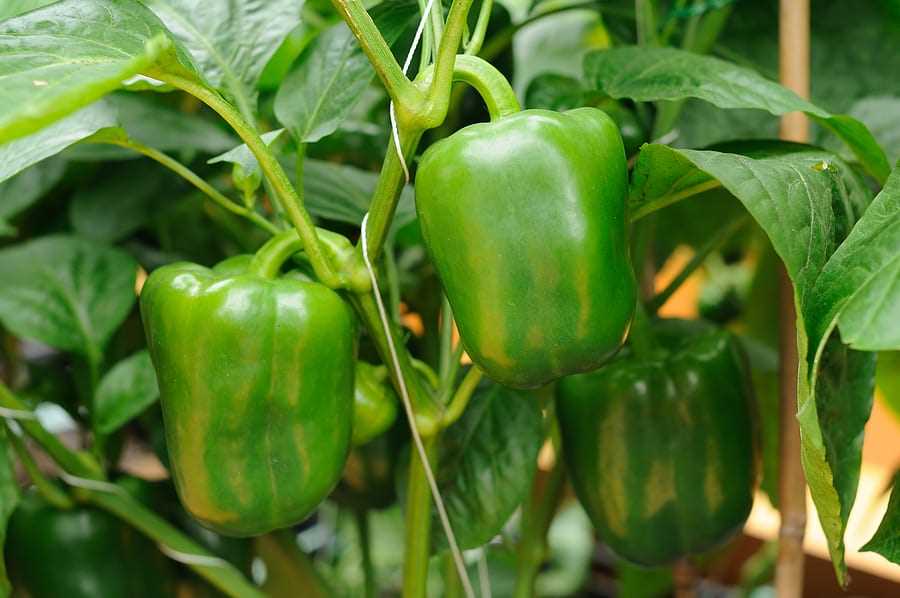
The first flowers on sweet pepper plants are typically smaller and produce smaller fruits compared to the later flowers. However, these early flowers are important in kickstarting the fruit development process. They help stimulate the growth of the plant and encourage branching, which can ultimately lead to larger and more abundant fruits later in the season. Removing these first flowers can delay or inhibit this growth process, resulting in reduced yields.
3. Time and Energy Investment
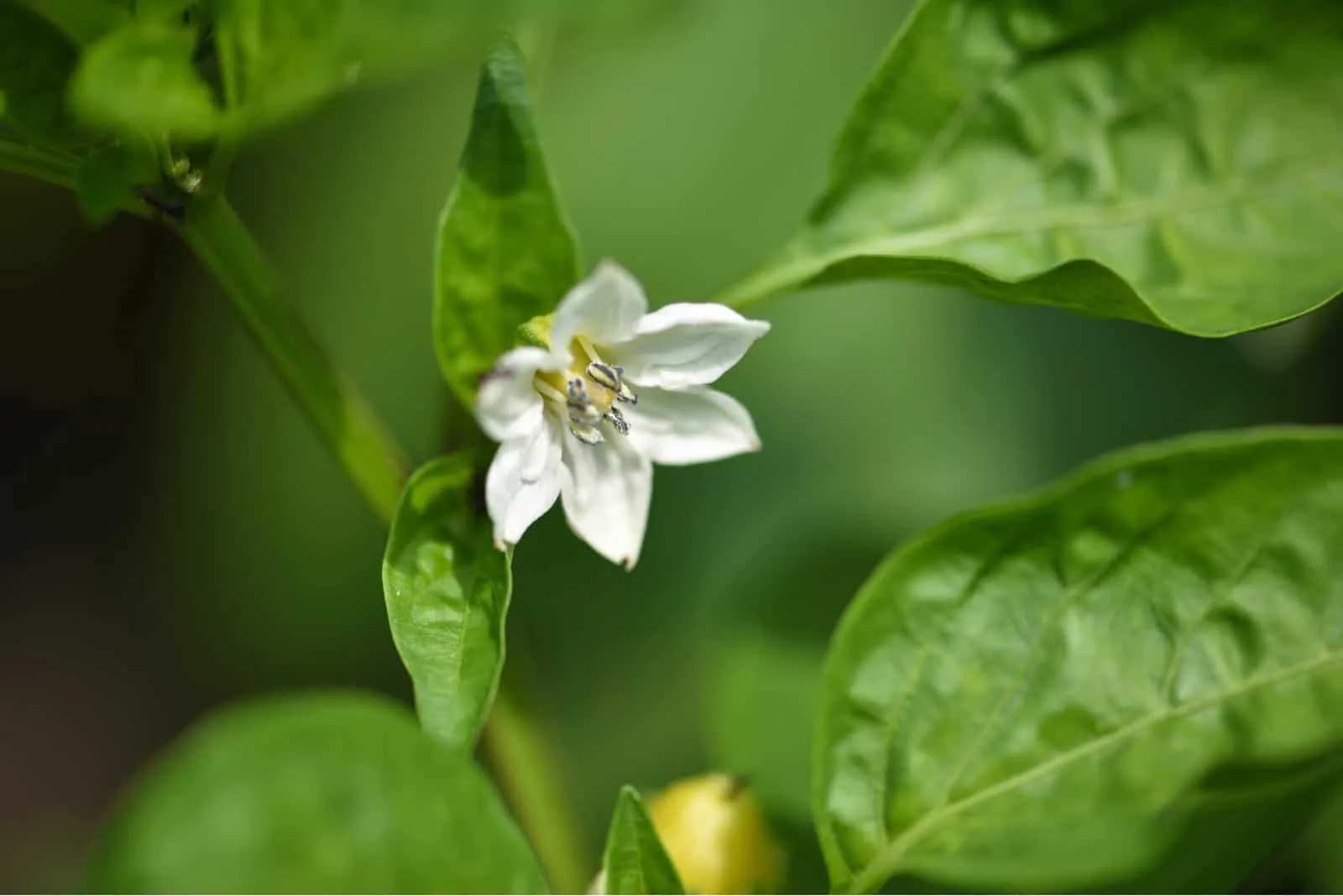
Another factor to consider when deciding whether to remove the first flowers is the time and energy investment the plant has already made in producing them. Sweet pepper plants put a significant amount of resources into producing flowers, including nutrients and energy. By removing these flowers, you are essentially wasting the plant’s investment and starting the development process from scratch. Allowing the first flowers to grow and develop can maximize the plant’s energy and resources, leading to better overall yields.
4. Increased Productivity
Leaving the first flowers on sweet pepper plants can also contribute to increased productivity and a longer harvesting period. As the plant matures and produces more flowers, the early flowers will start to set fruits and ripen earlier. This will give you a head start in terms of harvesting and enjoying your sweet peppers. Additionally, the plant will continue to produce new flowers throughout the season, allowing for a continuous harvest and higher overall yields.
In conclusion, while it may be tempting to remove the first flowers on sweet pepper plants, it is generally best to leave them intact. These early flowers play a vital role in pollination and fruit development and can contribute to higher yields in the long run. By allowing the plant to fully utilize its resources and time investment, you can maximize the productivity and success of your sweet pepper crop.
Factors to Consider Before Deciding to Remove First Flowers
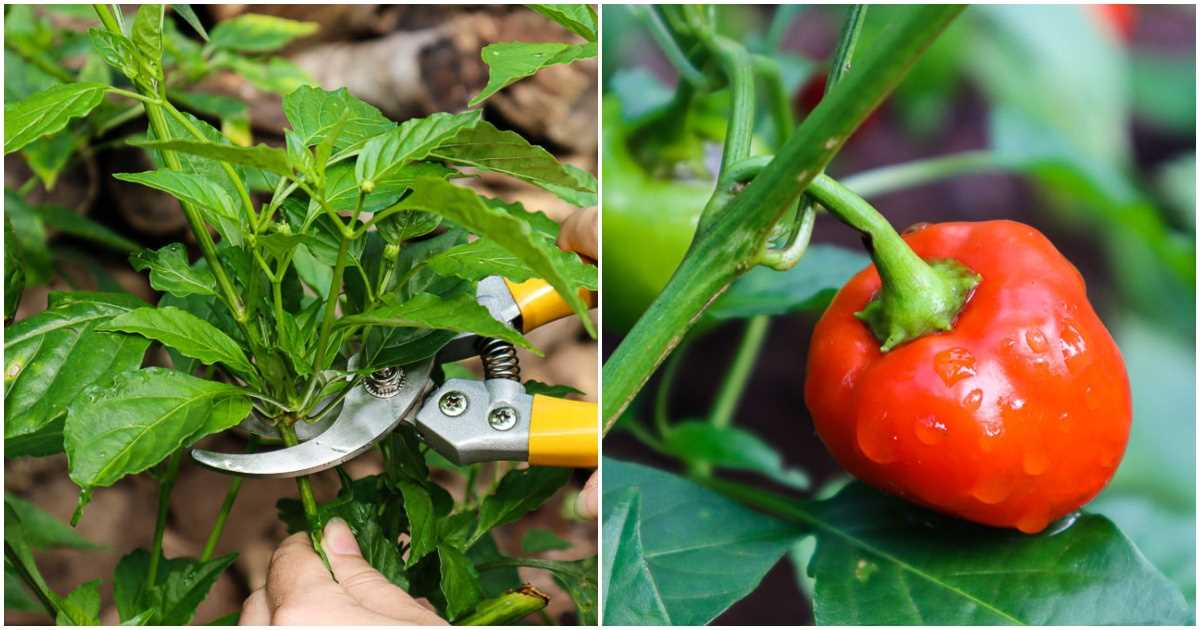
- Plant Health: Assess the overall health of the sweet pepper plant before deciding to remove the first flowers. If the plant is robust and free from any signs of disease or stress, it may be suitable to allow the first flowers to develop.
- Growing Conditions: Take into account the growing conditions of the sweet pepper plant. Consider factors such as temperature, light, and humidity. Optimal growing conditions are necessary for the successful development of the first flowers.
- Plant Size: Evaluate the size and maturity of the sweet pepper plant. If the plant is still small or has not fully established its root system, it may be beneficial to remove the first flowers to allow the plant to focus its energy on growth rather than fruit production.
- Desired Harvest Time: Consider the desired harvest time for sweet peppers. Removing the first flowers can delay the harvest as new flowers will need to develop. If an earlier harvest is desired, it may be best to leave the first flowers intact.
- Understanding Variety: Familiarize yourself with the specific variety of sweet pepper plant you are growing. Some varieties naturally produce more flowers and fruits, making it less necessary to remove the first flowers.
- Yield Goals: Determine your yield goals for sweet peppers. If you are aiming for a higher yield, removing the first flowers can help redirect the plant’s energy towards producing more flowers and fruits in the long run.
By considering these factors, you can make an informed decision on whether to remove the first flowers of the sweet pepper plant or allow them to develop. It is important to strike a balance between plant health, growing conditions, and desired harvest time to optimize yield and overall plant growth.
Tips for Maximizing Yields by Managing Flowering in Sweet Pepper Plants
1. Prune the First Flowers
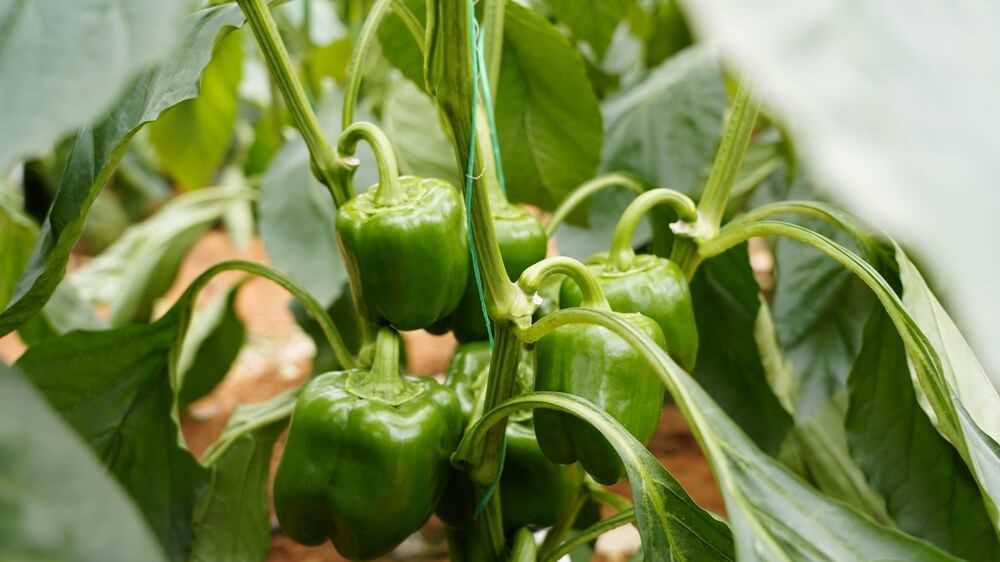
One common practice for increasing yields in sweet pepper plants is to remove the first set of flowers that appear. This is because the early flowers can divert valuable energy away from the plant’s growth, leading to smaller fruits and potentially lower yields overall. By pruning the first flowers, you allow the plant to focus its energy on developing a stronger root system and vegetative growth, which will ultimately result in higher yields.
2. Monitor Flowering Time
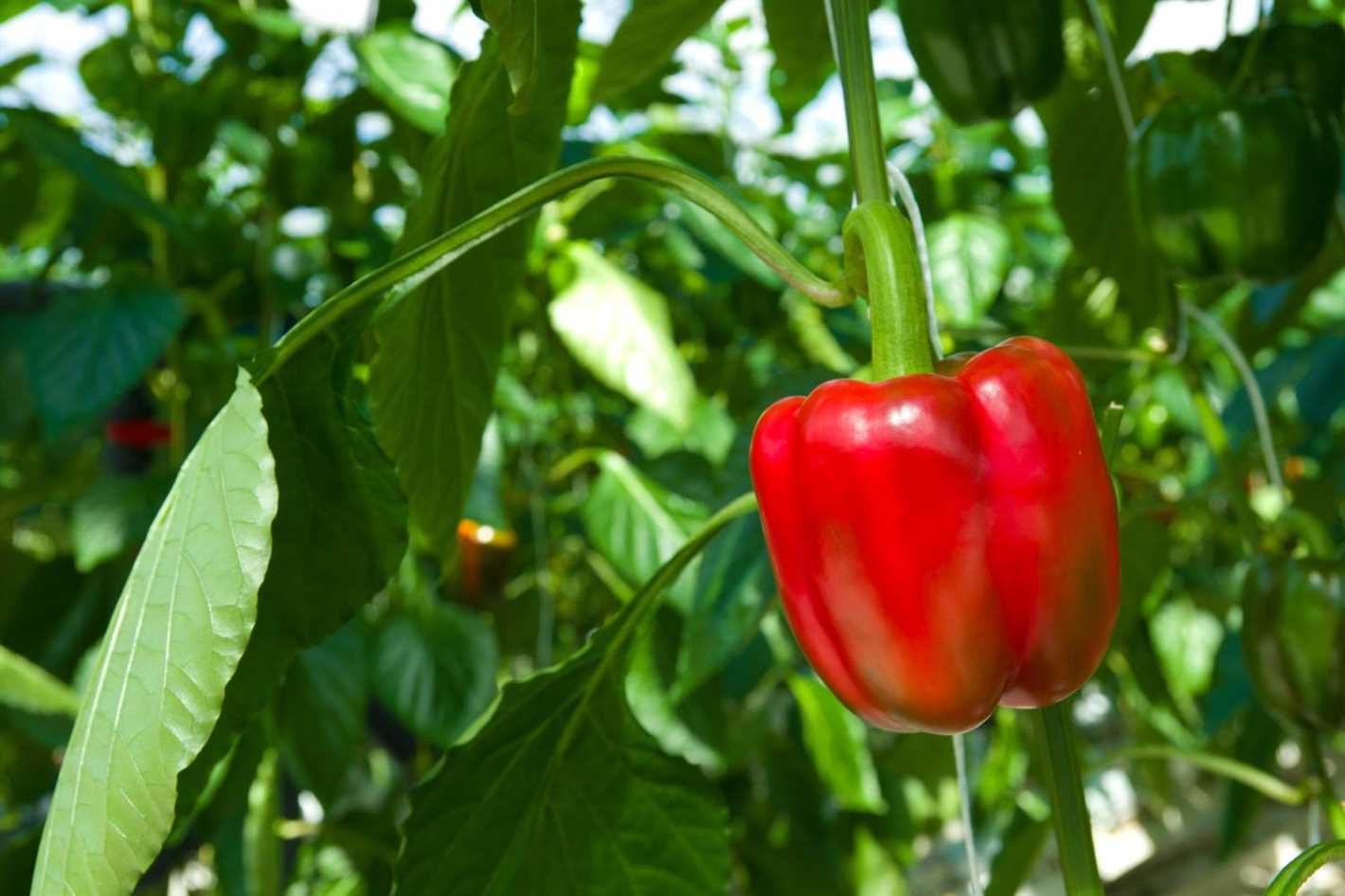
It is important to keep track of when your sweet pepper plants start to flower. This can help you determine the optimal time to prune the first flowers. Generally, it is recommended to remove the flowers when the plants are still relatively small, around 8-10 inches in height. This allows for sufficient time for new flowers to develop and for the plants to continue their vegetative growth before the onset of fruiting.
3. Use Proper Nutrient Management
Proper nutrient management is crucial for maximizing yields in sweet pepper plants. Ensure that your plants receive a balanced supply of essential nutrients, including nitrogen, phosphorus, and potassium. Nitrogen promotes vegetative growth, phosphorus helps with flower development, and potassium aids in fruit formation. Regularly monitor the nutrient levels in your soil and make necessary adjustments to ensure your plants are receiving the nutrients they need for optimal growth and fruiting.
4. Provide Adequate Watering
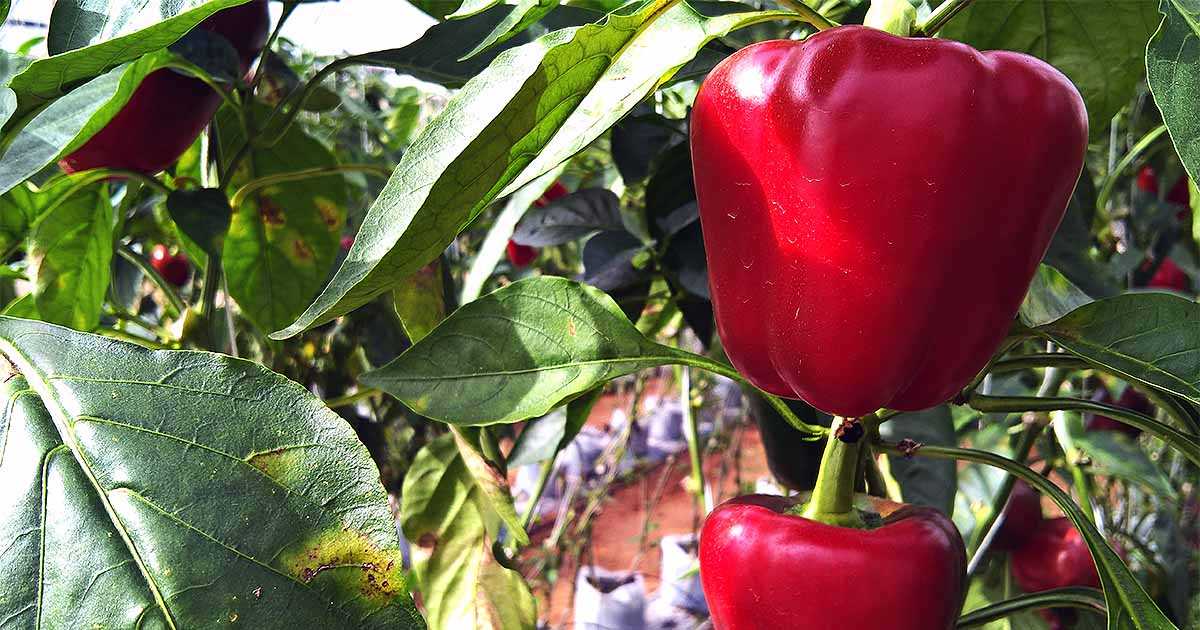
Consistent and adequate watering is essential for healthy sweet pepper plants and high yields. Water the plants regularly, ensuring that the soil is evenly moist but not waterlogged. Avoid allowing the soil to dry out completely between waterings, as this can stress the plants and lead to reduced yields. Proper watering helps to support the plant’s overall growth and development, including flower formation and fruit production.
5. Pollination
To ensure proper fruit set, it is important to provide adequate pollination for your sweet pepper plants. While sweet peppers are often self-pollinating, they may benefit from some assistance to increase yields. Gently shaking the plants or using a small brush to transfer pollen between flowers can help improve pollination and increase the number of fruits that develop.
6. Maintain Optimal Temperature and Light Conditions
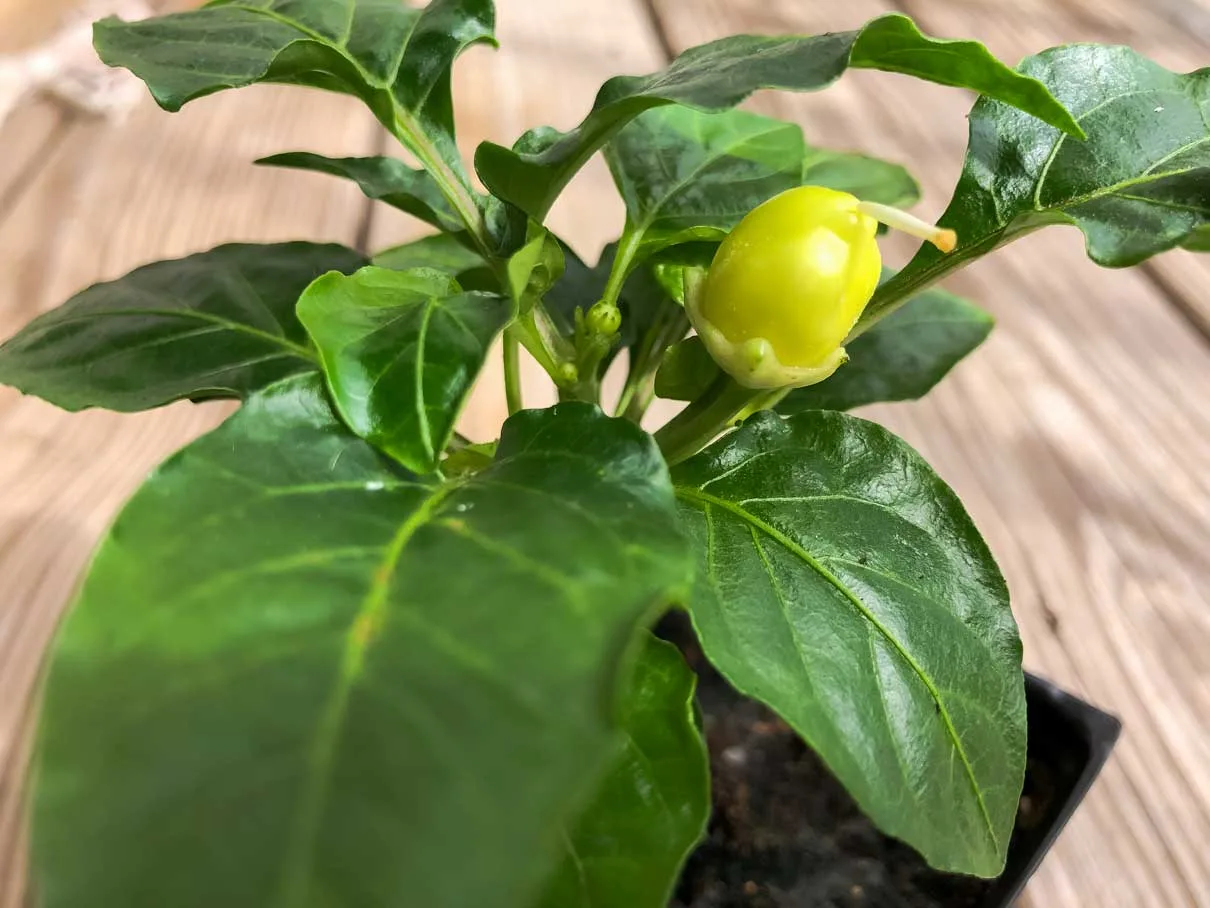
Sweet pepper plants thrive in warm and sunny conditions. Ensure that your plants are receiving at least 6-8 hours of direct sunlight each day. Additionally, maintain a temperature range of 70-85°F (21-29°C) during the day and 60-70°F (15-21°C) at night. Providing optimal temperature and light conditions will promote healthy growth, flowering, and fruit development, ultimately leading to higher yields.
By following these tips for managing flowering in sweet pepper plants, you can maximize your yields and ensure a bountiful harvest of delicious, homegrown peppers.
“Question-Answer”
Why should I remove the first flowers on my sweet pepper plants?
Removing the first flowers on sweet pepper plants can help redirect the plant’s energy towards establishing a strong root system and vegetative growth. This can lead to larger yields later in the season.
When is the best time to remove the first flowers on sweet pepper plants?
It is best to remove the first flowers on sweet pepper plants when they start to appear, usually around 4-6 weeks after transplanting. This allows the plant to focus its energy on root and foliage development before setting fruit.
What is the benefit of letting the first flowers on sweet pepper plants develop into fruits?
If you let the first flowers on sweet pepper plants develop into fruits, you may get an earlier harvest. However, this can come at the cost of reduced overall plant growth and yield.
Will removing the first flowers on sweet pepper plants decrease the overall yield?
Removing the first flowers on sweet pepper plants may decrease the overall yield in the short term, as it delays fruit production. However, it can result in larger yields later in the season due to improved plant growth and vigor.
Can I remove only some of the first flowers on my sweet pepper plants?
Yes, you can choose to remove only some of the first flowers on sweet pepper plants if you want to strike a balance between early fruit production and overall plant growth. This can be especially useful if you have limited space or want to stagger your harvest.
What signs should I look for to determine if I should remove the first flowers on my sweet pepper plants?
You should remove the first flowers on sweet pepper plants if the plants are small and not yet well-established, or if they are showing signs of stress or nutrient deficiencies. This will allow the plants to redirect their energy towards building a strong foundation for future growth.
Is it necessary to remove the first flowers on all varieties of sweet peppers?
While it is generally beneficial to remove the first flowers on sweet pepper plants, the need may vary depending on the specific variety and growing conditions. Some varieties may tolerate fruit production early on without sacrificing overall plant growth and yield.







